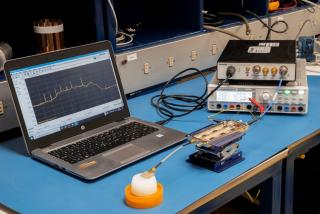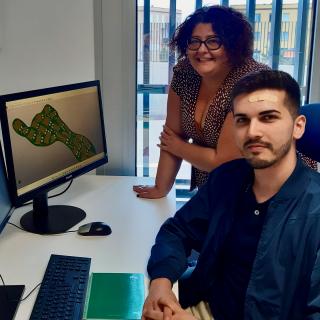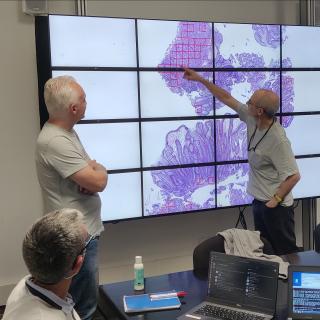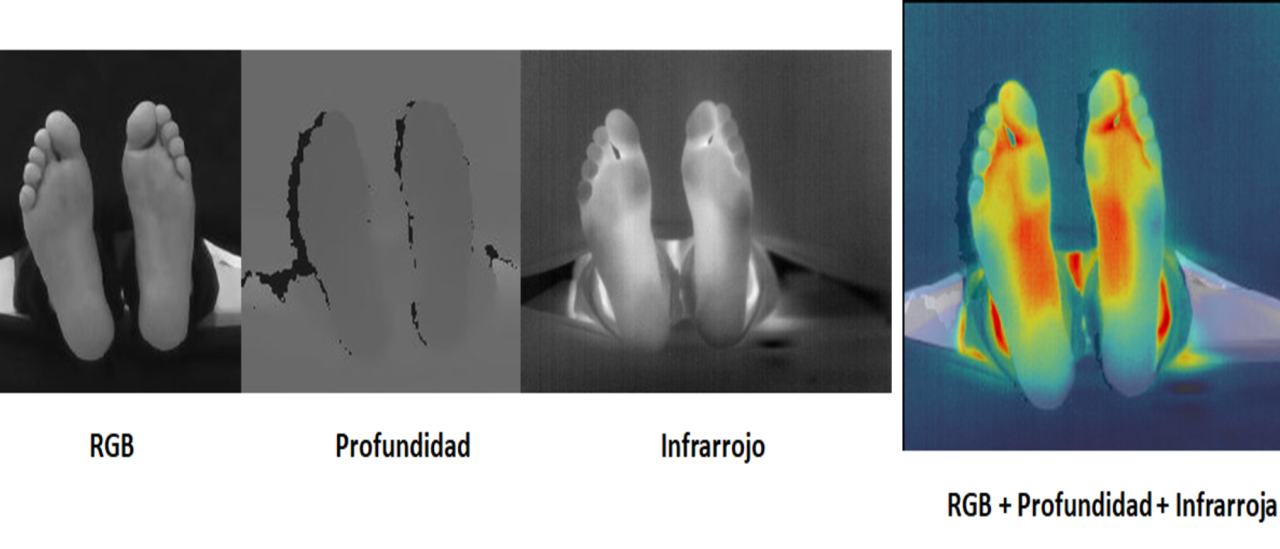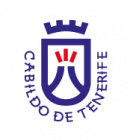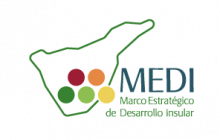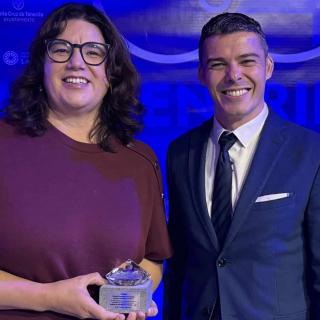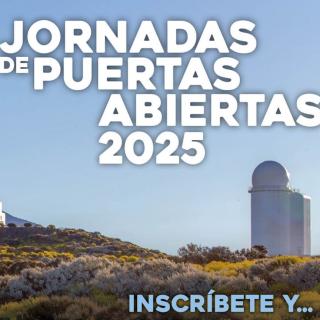The technology which is used in astrophysics research is useful not only in space; many of the sophisticated techniques can be put to very good use in the field of medicine. On this basis in IACTEC there is a team of Medical Technology (TECMED) who develop combinations of the methods of Artificial Intelligence and Machine Learning used in astrophysics for the diagnosis of pathologies. To celebrate the International Day of Diabetes the team stresses the magnitude of the problema in the Islands.
Some experts call diabetes one of the worst “silent pandemics”. Spain is the second country in the whole of Europe in the level of suffering from diabetes. The Canaries is the autonomous community at the top of the list in its proportion of diabetics.
One of the main problems of diabetes is the number of complications which it can cause. In extreme cases it can lead to illness in the eyes, in the kidneys or in the feet (“diabetic foot”). This latter is dangerous because the foot loses its sensitivity little by little due to poor circulation, and can cause ulcers which, if not detected in time, can even lead to the need for amputation.
To avoid reaching this point, the group of Medical Technology (TECMED) at IACTEC has developed PINRELL (Prototype for INfraREd analysis of the Lower Limbs). This is one of the three main research lines of the team. This sub-project has a clear aim: to provide a key tool for prompt detection of the pathologies associated with diabetic foot.
This is a prototype which incorporates different sensors, mainly in the visible and thermal infrared, to detect the body’s natural radiation. At the present time the team is developing the design of a compact portable instrument which integrates the sensors for acquisition of images with a computer which contains the software and the algorithms of Artificial Intelligence (IA). “These have been specially designed to improve the interpretaton of the images, the exact limitation of he ares of interest, and the visual representation of medical images associated with specific clinical cases, so that they can be used as supporting elements for the diagnostics of pathologies, and their investication, comments Jordan Ortega, an IA engineer in medical technology.
In addition during the past year a graphic interface has been developed for this instrument which “yields high efficiency and versatility to help with the use of the application in clinical trials” explains Robabeh Salehiozoumchelouei, informatics engineer on the project.
Using PINRELL the team has produced algorithms for the analysis of the data needed for prompt detection of pathologies associated with diabetic foot. They have developed a system based on automatic learning to find and classify anomalous temperature patterns.”In this way we have defined a set of basic characteristics which, from an image permit the automatic distinction between a healthy foot and a pathological foot” explains Natalia Arteaga, a TECMED engineer specializing in Machine Vision.
PROMISSE AND MUTANT, more astrophysical technology applied to medicine
PINRELL is not the only project on which the TECMED tea mis working. They ahve also been developing PROMISSE (PROtotype for MIcrowave System for Subcutaenous anomaliEs) and MUTANT (Multimodal Tissue phANToms).
PROMISSE is a tool which allows the characterization of biological tissues at different depths. These advances have been made in collaboration with Enrique Villa, a microwave engineer at the Centre for Astrobiology INT-CSIC.To calibrate the system, both in depth and in temperature one needs touse phantoms, which are models made artificially to immitate biological tissues.This is where MUTANT comes into play.
This sub-project is designed to develop components which simulate biological dissues. During the past year work has been carried out, in collaboration with the Department of Biomedical Engineering at the Technolgical Institute of the Canaries (ITC), and the Departments of Pneumology and Radiology of the University Hospital of the Canaries (HUC), to create a pseudo-anthropomorphic model which simulates lung tissue and common pathologies, for operations guided by ultrasound. “These systems give a tool for the training of medical personnel, and permit them to gain competence in echographic lung procedures “ explains Natalia Arteaga.
The programme of Medical Technology within IACTEC, the zone of technological and commercial collaboration of the IAC, is supported by the Cabildo of Tenerife through the programme of Technological Capacitation IACTEC (TF INNOVA), within the programme of scientific infrastructures of he Ministry of Science and Innovation, and the programme INTERREG (MACBIOIDI2 MAC2/1.1b/352), among others, as well as collaboration with a number of public and private organizations of biomedical research.
Latest scientific publications of the Medical Technology Group:
https://www.mdpi.com/1424-8220/23/2/757
https://ieeexplore.ieee.org/document/9964207
